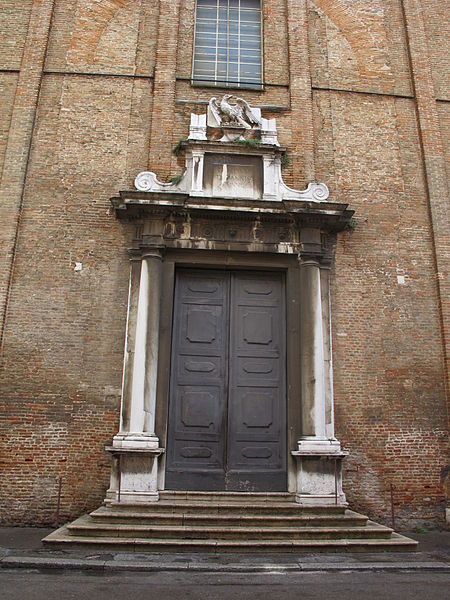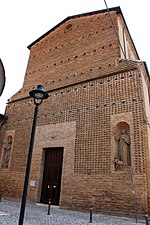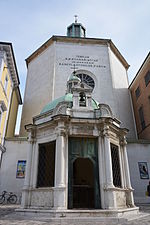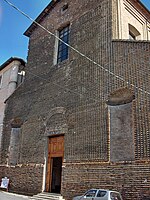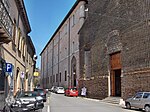Rimini ( RIM-in-ee, Italian: [ˈriːmini] ; Romagnol: Rémin; Latin: Ariminum) is a city in the Emilia-Romagna region of northern Italy and capital city of the Province of Rimini. It sprawls along the Adriatic Sea, on the coast between the rivers Marecchia (the ancient Ariminus) and Ausa (ancient Aprusa). It is one of the most notable seaside resorts in Europe with revenue from both internal and international tourism forming a significant portion of the city's economy. It is also near San Marino, a small nation within Italy. The first bathing establishment opened in 1843. Rimini is an art city with ancient Roman and Renaissance monuments, and is also the birthplace of the film director Federico Fellini.
The city was founded by the Romans in 268 BC. Throughout Roman times, Rimini was a key communications link between the north and south of the peninsula. On its soil, Roman emperors erected monuments such as the Arch of Augustus and the Tiberius Bridge to mark the beginning and the end of the Decumanus of Rimini. During the Renaissance, the city benefited from the court of the House of Malatesta, which hosted artists like Leonardo da Vinci and produced works such as the Tempio Malatestiano. The main monuments in Rimini are the Tiberius Bridge and the Arch of Augustus.
In the 19th century, Rimini was one of the most active cities on the revolutionary front, hosting many of the movements seeking to achieve Italian unification. In the course of World War II, the city was the scene of numerous clashes and bombings, but also of a fierce partisan resistance that earned it the honour of a gold medal for civic valour. In recent years it has become one of the most important sites for trade fairs and conferences in Italy.
As of 31 December 2019, Rimini's urban area was home to 151,200 people, with approximately 325,000 living in the eponymous province, making it the twenty-eighth largest city in Italy. The city is located near the independent republic of San Marino and the Misano race track.
